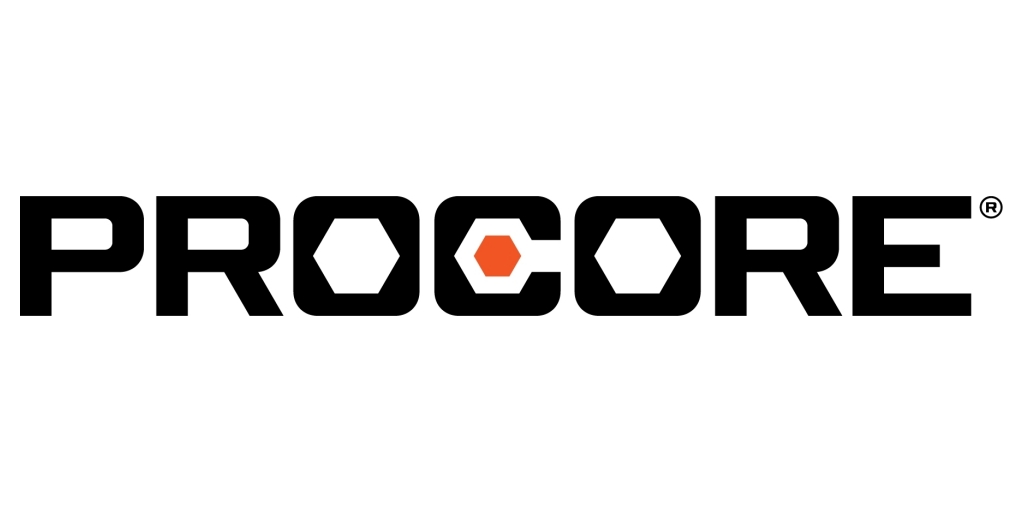
Artificial Intelligence is no longer confined to innovation labs, it’s embedded into everyday business operations, from automating customer service to optimizing supply chains. But behind every successful AI model is a complex, ongoing process of building, training, deploying, monitoring, and retraining. That’s where MLOps (Machine Learning Operations) steps in, and when combined with the power of cloud, it becomes a game-changer.
What Is MLOps and Why Should You Care?
Think of MLOps as DevOps for machine learning. It’s a set of practices that brings together data scientists, ML engineers, and IT operations to collaborate efficiently across the ML model lifecycle, from development to production to iteration.
While building a machine learning model might take weeks, managing it in the real world is an ongoing challenge. You need to monitor performance, retrain it when data changes, and ensure it doesn’t go rogue or become biased over time.
Without MLOps, businesses risk high failure rates. In fact, a 2023 report by Gartner predicted that up to 85% of AI projects fail to deliver due to operational issues, not algorithmic ones. That’s where streamlining ML pipelines on the cloud makes all the difference.
Why the Cloud Is the Perfect Home for MLOps?
MLOps needs infrastructure that is scalable, agile, and integrated, which makes the cloud the natural fit. Public cloud providers like AWS, Azure, and Google Cloud offer ready-made platforms like SageMaker, Azure Machine Learning, and Vertex AI, respectively. These platforms come with built-in support for CI/CD pipelines, experiment tracking, auto-scaling, and more.
Here’s why cloud and MLOps are a powerful combination:
- On-demand computing: Train models at scale without upfront investment in GPUs or servers.
- Collaborative workspaces: Teams can access notebooks, datasets, and pipelines from anywhere.
- Integrated toolchains: Automate model deployment, monitoring, and rollback from a single console.
Take Spotify, for example. Their ML platform, which runs on Google Cloud, manages thousands of models that personalize playlists and recommendations for millions of users. By adopting MLOps on the cloud, they reduced deployment time from weeks to hours, ensuring faster experimentation and reliable results.
Real Business Benefits of MLOps on the Cloud
If your organization is investing in AI, implementing MLOps on the cloud delivers serious ROI. Here’s how:
1. Automated Model Lifecycle
Cloud-based MLOps automates repetitive tasks like data validation, model training, and testing. For instance, Airbnb uses a centralized ML platform on AWS to automate retraining models when performance drops, ensuring their pricing and search models stay sharp.
2. Monitoring and Drift Detection
Machine learning models degrade over time due to changes in data patterns. MLOps tools on the cloud offer real-time monitoring and drift alerts, helping companies take corrective action before it impacts business outcomes.
A great example is Uber, which uses Michelangelo (their ML platform) to constantly monitor model accuracy across services like ETA prediction and fraud detection.
3. Faster Time-to-Market
With CI/CD for ML in place, deploying a new version of a model becomes as seamless as pushing a software update. This means teams can experiment fast, fail fast, and iterate even faster.
A McKinsey study revealed that companies using MLOps cut AI project deployment timelines by nearly 40% compared to those managing it manually.
4. Cost Control and Elasticity
Cloud lets you scale up during training and scale down during idle times. You only pay for what you use, making it easier for startups and enterprises alike to control spend.
Challenges Solved by Cloud MLOps
Many businesses struggle with:
- Disconnected workflows between data science and DevOps teams
- Inability to track model versions and changes.
- No visibility into how models perform post-deployment.
Cloud-based MLOps addresses these issues by:
- Creating a unified pipeline from data ingestion to model inference.
- Enabling reproducibility with tools like MLflow or Kubeflow.
- Supporting compliance with data governance and audit trails.
How CLOUDSUFI Helps You Scale MLOps on the Cloud
At CLOUDSUFI, we understand that AI is only as good as its deployment. Our MLOps expertise focuses on integrating cloud-native tools with your existing workflows, so your models don’t just work; they scale and evolve.
Whether it’s automating CI/CD pipelines, integrating drift detection, or aligning AI models with compliance frameworks, CLOUDSUFI helps enterprises:
- Accelerate ML delivery with fewer engineering bottlenecks.
- Ensure governance across data pipelines.
- Build feedback loops to continuously improve model accuracy.
Best Practices for Implementing Cloud-Based MLOps
Here are some tips to ensure a successful MLOps strategy on the cloud:
- Start small, scale smart: Begin with a pilot use case before rolling out across departments.
- Use containers and orchestration: Tools like Docker and Kubernetes help manage environments consistently.
- Track everything: From data versions to metrics, use MLflow, Weights & Biases, or cloud-native tools.
- Establish feedback loops: Monitor, retrain, and redeploy to keep models relevant.
What’s Next: MLOps Meets Generative AI and AutoML
The future of MLOps is being shaped by generative AI and AutoML. Platforms like Google Cloud’s Duet AI and AWS’s Bedrock are allowing teams to generate, tune, and deploy models faster than ever.
And with responsible AI becoming a boardroom topic, cloud-native MLOps will play a key role in enforcing ethical AI pipelines through transparency and bias checks.
AI is no longer about building one great model—it’s about building a system that evolves with your data and business goals. MLOps on the cloud offers exactly that: a scalable, secure, and collaborative approach to managing the entire AI lifecycle.
If you’re ready to move from isolated AI experiments to enterprise-grade machine learning, CLOUDSUFI is here to help you operationalize AI at scale.





















